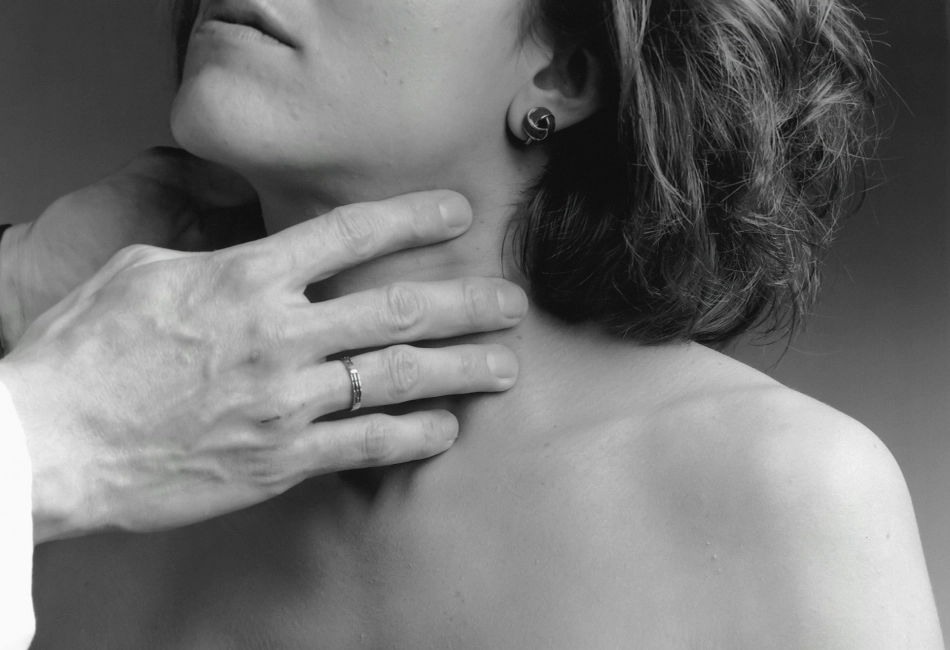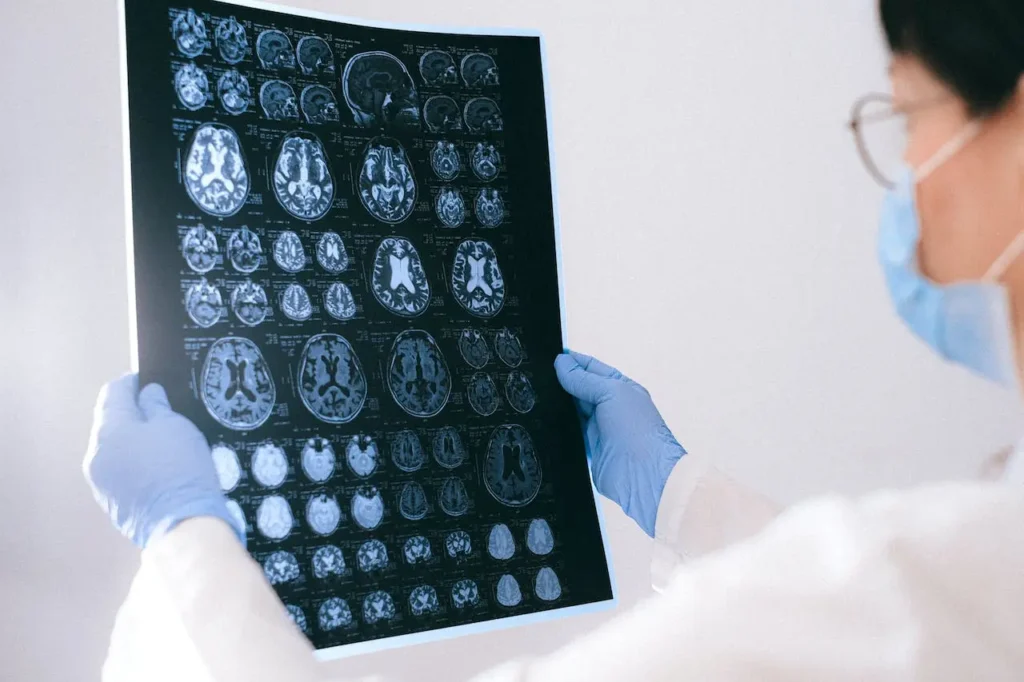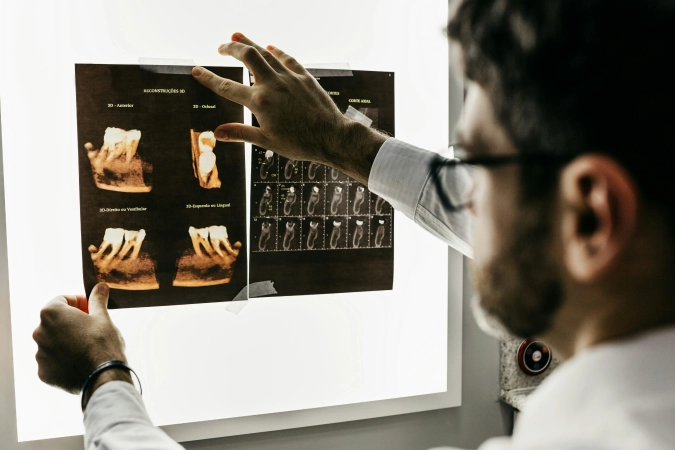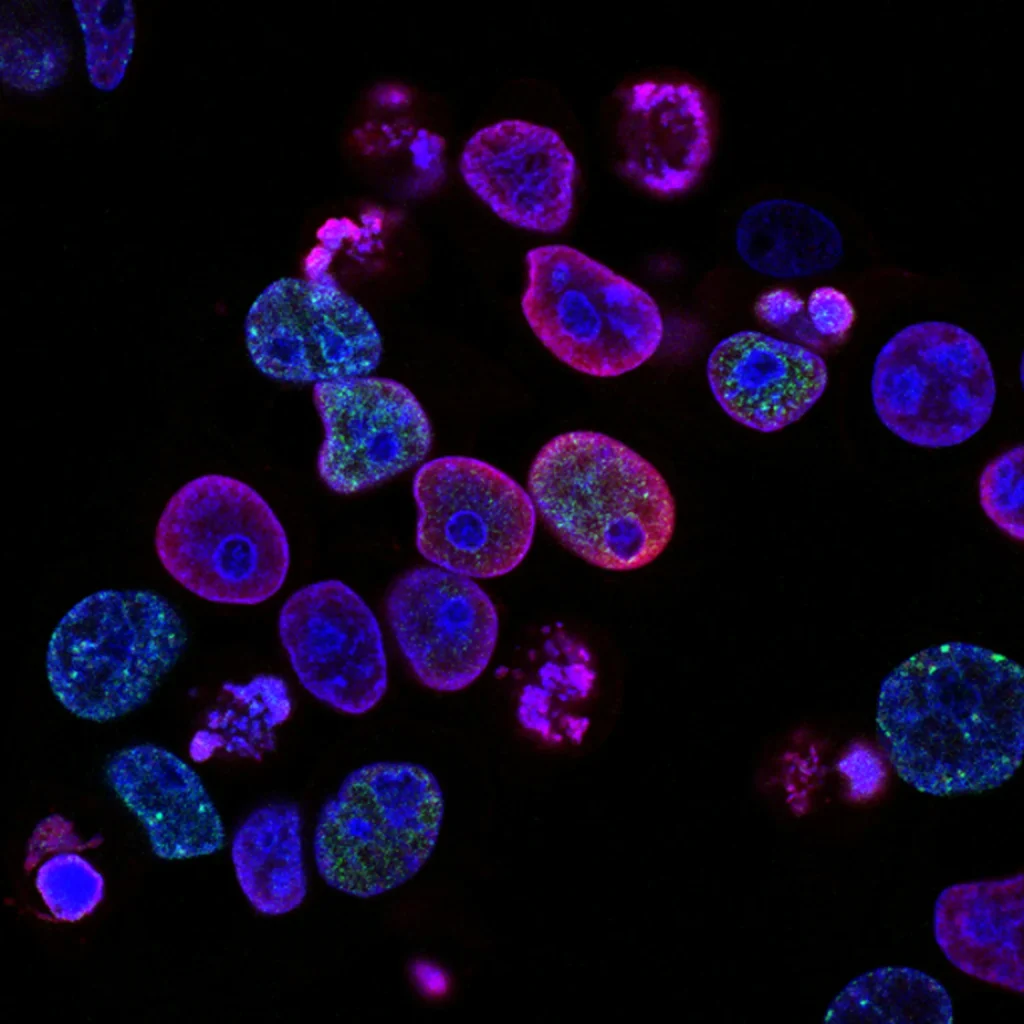What Is ADL? Free Assessment Tools For ADLs and IADLs
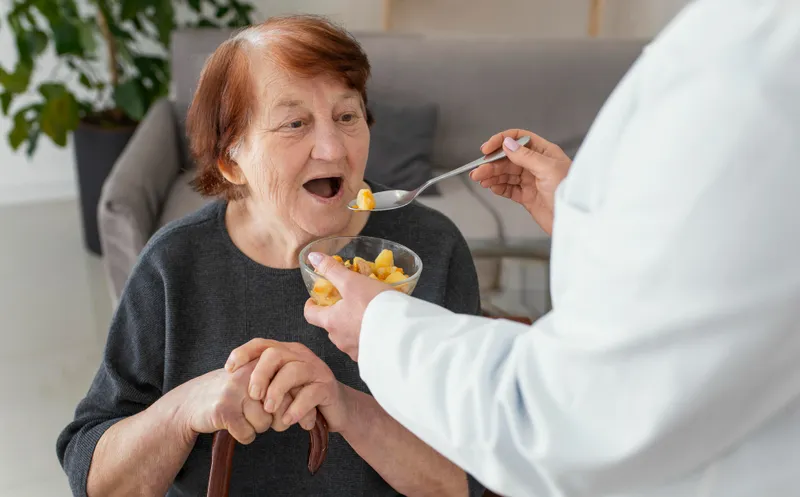
- Introduction
- What is ADL?
- The Importance of Activities of Daily Living
- Activities of Daily Living (ADL) Assessment Tools
- Providing Care for Individuals with Difficulty Performing ADLs
- Common Challenges in Performing ADL Tasks
- Strategies to Improve Activities of Daily Living Tasks
- Adaptive Devices and Technologies for Activities of Daily Living
- ADL Training and Rehabilitation Programs
- Conclusion
- Frequently Asked Questions (FAQs)
Introduction
This post may contain affiliate links, meaning I may earn a commission if you make a purchase, at no extra cost to you. I only recommend products I trust. Thank you for your support.
As we age, it’s natural for our abilities to change and for certain tasks to become more challenging.
So what is ADL? Activities of Daily Living (ADLs) are the basic tasks that individuals need to perform in order to live independently.
These tasks encompass various aspects of daily life, such as personal care, mobility, and basic household chores.
ADLs are crucial in assessing an individual’s ability to care for themselves and determine the level of assistance they may need.
In this comprehensive guide, we will explore what ADLs are, provide examples of ADLs, discuss the importance of ADLs, and outline how to assess and provide care for individuals who may have difficulty performing activities of daily living.
What is ADL?
ADL stands for Activities of Daily Living. These activities encompass a range of basic self-care tasks that are necessary for individuals to meet their personal needs and maintain a reasonable level of independence.
There are six primary activities of daily living that are commonly recognized:
- Personal Hygiene: This includes tasks such as bathing, grooming, oral care, and toileting.
- Dressing: The ability to choose appropriate clothing, put it on, and take it off independently.
- Eating: The capacity to feed oneself and maintain proper nutrition.
- Mobility: The ability to move around safely and efficiently, including tasks such as walking, transferring from one surface to another (e.g., from bed to wheelchair), and using assistive devices if necessary.
- Continence: The control over bladder and bowel functions.
- Toileting: The ability to use the toilet, manage personal hygiene, and maintain continence.
ADLs can be categorized into different areas, including personal care assistance, lifestyle support, and activity assistance.
Personal Care Assistance (ADLs)
Personal care assistance refers to the tasks related to self-care and maintaining personal hygiene. These activities are typically part of an individual’s daily routine and include:
- Bathing or Showering: The ability to bathe or shower independently, including tasks like washing, rinsing, and drying oneself.
- Toilet Hygiene: The ability to use the toilet independently, including tasks like getting on and off the toilet and cleaning oneself.
- Getting Dressed: The ability to select appropriate clothing and dress oneself.
- Personal Hygiene: Tasks such as brushing teeth, combing hair, and other grooming activities.
- Eating: The ability to feed oneself, including the use of utensils and chewing and swallowing food.
- Mobility: The ability to move around independently, including tasks like getting in and out of bed or a chair and walking or climbing stairs.
- Safety/Emergency Responses: The ability to respond appropriately in emergency situations and take necessary safety precautions.
Lifestyle Support (Instrumental Activities of Daily Living – IADLs)
Lifestyle support, also known as Instrumental Activities of Daily Living (IADLs), refers to tasks that are necessary for independent living and managing one’s daily life.
These activities require more complex skills and are essential for maintaining a household and managing personal affairs.
Examples of IADLs include:
- Managing Medication: The ability to correctly take prescribed medications and manage medication schedules.
- Managing Finances: Tasks related to managing personal finances, including paying bills, budgeting, and handling financial transactions.
- Shopping/Getting Groceries: The ability to plan and purchase groceries and other necessary items.
- Transportation: The ability to drive, use public transportation, or arrange transportation for appointments and errands.
- Preparing Meals: The ability to plan and prepare meals independently, including grocery shopping, cooking, and cleaning up.
- Using Phone/Technology: The ability to use communication devices like phones or computers for daily tasks and staying connected.
- Cleaning/Maintaining Home: Tasks related to household chores, such as cleaning, laundry, and home maintenance.
- Running Errands/Appointments: The ability to plan and complete tasks outside the home, such as going to appointments or running errands.
Activity Assistance (Domestic Activities of Daily Living – DADLs)
Activity assistance, also known as Domestic Activities of Daily Living (DADLs), includes activities that contribute to an individual’s overall well-being and engagement in life.
These activities are not necessarily essential for daily functioning but play a significant role in maintaining a fulfilling lifestyle.
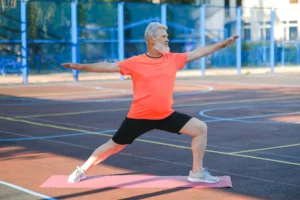
Examples of DADLs include:
- Companionship/Socialization: Engaging in social activities and maintaining social connections.
- Lite Exercise: Participating in light physical activities or exercises to promote physical well-being.
- Exertive Exercise: Engaging in more intense physical activities or exercises to maintain physical fitness.
- Mental Exercise: Stimulating the mind through activities like puzzles, reading, or learning new skills.
- Hobbies Requiring Dexterity or Fine Motor Skills: Engaging in activities that require fine motor skills, such as playing a musical instrument or painting.
- Care of Others: Providing care or assistance to family members, friends, or pets.
- Activities in the Community: Participating in community events, volunteering, or engaging in hobbies and interests outside the home.
The Importance of Activities of Daily Living
ADLs play a crucial role in determining an individual’s level of independence and overall well-being. The ability to perform activities of daily living is essential for maintaining personal dignity, autonomy, and quality of life.
Activities of daily living also serve as an indicator of an individual’s functional status and can help healthcare professionals assess the level of care and assistance required.
By assessing an individual’s ability to perform activities of daily living, healthcare professionals can identify potential areas of concern and develop appropriate care plans to address their specific needs.
Caregivers play a pivotal and indispensable role in supporting individuals with Activities of Daily Living (ADLs), which are fundamental for preserving independence and ensuring overall well-being.

By providing support and assistance in activities of daily living, healthcare professionals, caregivers, and family members can help individuals maintain their independence and improve their overall well-being.
Activities of Daily Living (ADL) Assessment Tools
Assessing an individual’s ability to perform ADLs is crucial in determining the level of care and support they may require.
Healthcare professionals, caregivers, and family members can use various assessment tools to evaluate an individual’s functional abilities and identify any areas of difficulty or limitations in performing ADLs.
Some commonly used activities of daily living (ADL) assessment tools include:
Katz Index:
- This assessment tool evaluates an individual’s ability to perform six basic activities of daily living, including bathing, dressing, toileting, transferring, continence, and feeding.
- Each activity is scored based on independence, with a higher score indicating a greater level of independence.
Lawton-Brody Scale:
- This scale assesses an individual’s ability to perform instrumental activities of daily living (IADLs), such as managing finances, preparing meals, and using transportation.
- It measures the level of assistance required for each activity, with a higher score indicating a higher level of independence.
Barthel Index:
- This index assesses an individual’s ability to perform basic activities of daily living, such as bathing, dressing, and feeding.
- Each activity is scored based on the level of assistance required, with a higher score indicating a higher level of independence.
These assessment tools, along with others, provide a comprehensive evaluation of an individual’s functional abilities and help determine the appropriate level of care and support required.
Providing Care for Individuals with Difficulty Performing ADLs
For individuals who have difficulty performing activities of daily living, various care options and support services are available to help them maintain their independence and overall well-being.

These options may include:
- Home Care Services: Home care services provide assistance with activities of daily living and IADLs while allowing individuals to remain in the comfort of their own homes. Home care professionals can help with personal care tasks, medication management, meal preparation, and light housekeeping.
- Assisted Living Facilities: Assisted living facilities offer a combination of housing, personal care services, and support for individuals who need assistance with activities of daily living. These facilities provide a safe and supportive environment while promoting independence and social engagement.
- Skilled Nursing Facilities: Skilled nursing facilities provide comprehensive medical care and assistance with activities of daily living for individuals who have more complex healthcare needs or require ongoing rehabilitation services.
- Memory Care Facilities: Memory care facilities specialize in providing care and support for individuals with Alzheimer’s disease, dementia, or other memory-related disorders. These facilities offer specialized programs and services tailored to the unique needs of individuals with memory impairments.
- Rehabilitation Centers: Rehabilitation centers focus on providing intensive therapy and support for individuals recovering from injuries, illnesses, or surgeries. These centers help individuals regain their functional abilities and independence in performing activities of daily living.
- In-Home Caregivers: In-home or live-in caregivers, including family members, friends, or hired professionals, can provide assistance with activities of daily living and support individuals in their own homes. These caregivers offer personalized care and companionship to promote independence and well-being.
- Government Assistance Programs: Various government programs provide financial assistance, adaptive equipment, and support services to individuals with disabilities or limitations. These programs vary by region and may include Medicaid, Medicare, or local disability services.
It’s essential to consider the individual’s specific needs, preferences, and healthcare requirements when choosing the most suitable care option.
Consulting with healthcare professionals, social workers, or care coordinators can help determine the best course of action and ensure that the individual receives the appropriate level of care and support.
Common Challenges in Performing ADL Tasks
While activities of daily living tasks are essential for our daily lives, they can also present challenges for certain individuals.
Some common challenges faced while performing activities of daily living tasks include:
- Physical Limitations: Physical disabilities, injuries, or age-related conditions can make it difficult to perform certain ADL tasks independently. Limited mobility, strength, or coordination can pose challenges in activities such as bathing, dressing, or walking.
- Cognitive Impairments: Individuals with cognitive impairments, such as dementia or memory loss, may struggle with ADL tasks that require planning, decision-making, and problem-solving. Remembering to take medications or following a daily routine can be challenging.
- Sensory Impairments: Visual or hearing impairments can affect an individual’s ability to perform ADL tasks. Difficulties in reading medication labels, understanding instructions, or communicating effectively can arise.
- Psychological Factors: Mental health conditions like depression or anxiety can impact motivation, energy levels, and overall engagement in activities of daily living tasks. Individuals may find it challenging to initiate or complete self-care activities.
- Environmental Barriers: Inaccessible environments, lack of adaptive equipment, or inadequate support systems can create barriers to performing activities of daily living tasks. Individuals may require modifications to their living spaces or assistive devices to overcome these challenges.
- Lack of Knowledge or Skills: Some individuals may lack the necessary knowledge or skills to perform certain ADL tasks. For example, managing finances or using technology for communication may be challenging for those with limited experience or understanding.
Understanding these challenges helps in developing strategies and interventions to support individuals in overcoming barriers and enhancing their independence in ADL.
Strategies to Improve Activities of Daily Living Tasks
There are various strategies that individuals can employ to improve their performance in activities of daily living.
These strategies include:
- Establishing a Routine: Creating a structured daily routine can help individuals maintain consistency and ensure regular engagement in activities of daily living tasks. Setting specific times for self-care, medication management, and other activities promotes independence.
- Breaking Tasks into Manageable Steps: Complex activities of daily living tasks can be overwhelming, especially for individuals with cognitive impairments. Breaking tasks into smaller, manageable steps and providing visual cues or reminders can make them more achievable.
- Using Assistive Devices: Assistive devices can aid individuals in performing activities of daily living tasks independently. Examples include grab bars in the bathroom, reachers to access objects, adaptive utensils for eating, or communication devices for those with speech impairments.
- Modifying the Environment: Making environmental modifications can enhance accessibility and support independent performance of activities of daily living tasks. This may involve installing handrails, ramps, or adjustable seating to accommodate physical limitations.
- Seeking Occupational Therapy: Occupational therapists can provide specialized interventions to improve ADL performance. They can teach strategies, provide training, recommend adaptive equipment, and address specific challenges faced by individuals.
- Involving Caregivers or Support Systems: Engaging the support of caregivers, family members, or support systems can assist individuals in performing activities of daily living tasks. This can involve assistance, supervision, or reminders to ensure task completion.
By implementing these strategies, individuals can enhance their independence and confidence in performing ADL tasks.
Adaptive Devices and Technologies for Activities of Daily Living
Adaptive devices and technologies play a significant role in assisting individuals with activities of daily living tasks.
These devices are designed to compensate for physical or cognitive limitations and promote independence.
Some commonly used adaptive devices and technologies for activities of daily living tasks include:
- Mobility Aids: Devices such as canes, walkers, wheelchairs, and scooters assist individuals with mobility limitations in performing tasks related to walking, transferring, and maintaining balance.
- Bathing Aids: Bathing aids include shower chairs, bath benches, grab bars, and handheld shower heads. These devices enhance safety and independence during bathing.
- Dressing Aids: Adaptive devices like buttonhooks, zipper pulls, and elastic shoelaces assist individuals with limited dexterity or mobility in dressing independently.
- Eating and Drinking Aids: Adaptive utensils, plate guards, and non-slip mats can aid individuals with difficulties in gripping or manipulating utensils, managing spills, or controlling portion sizes.
- Communication Devices: Augmentative and alternative communication devices, such as speech-generating devices or communication apps, support individuals with speech impairments in expressing themselves effectively.
- Medication Management Aids: Devices like pill organizers, medication reminder apps, and automatic pill dispensers help individuals in managing complex medication regimens and ensure adherence.
- Home Modifications: Adaptations to the home environment, such as installing handrails, ramps, stairlifts, or adjustable-height surfaces, promote accessibility and support individuals with physical limitations.
- Smart Home Technologies: Smart devices, such as voice-controlled assistants, automated lighting, and remote monitoring systems, can assist individuals in managing various activities of daily livingtasks, controlling the environment, and staying connected.
These adaptive devices and technologies empower individuals and enable them to overcome challenges while performing ADL tasks.
ADL Training and Rehabilitation Programs
Several training and rehabilitation programs are available to support individuals in improving their activities of daily living performance. These programs focus on enhancing specific skills, addressing challenges, and promoting independence.
Some notable programs include:
- Occupational Therapy: Occupational therapy programs aim to improve an individual’s ability to perform ADL tasks through specialized interventions. These programs focus on enhancing skills, providing adaptive techniques, and recommending assistive devices.
- Physical Therapy: Physical therapy programs focus on improving mobility, strength, and balance, which are essential for performing ADL tasks independently. These programs may involve exercises, therapeutic activities, and gait training.
- Speech Therapy: Speech therapy programs assist individuals with speech and communication difficulties, which can impact ADL tasks. These programs focus on improving clarity of speech, language comprehension, and alternative communication methods.
- Cognitive Stimulation Therapy: Cognitive stimulation therapy address challenges related to memory, attention, problem-solving, and decision-making, which impact activities of daily livingperformance. These programs involve exercises, strategies, and techniques to enhance cognitive skills.
- Fall Prevention Programs: Fall prevention programs aim to reduce the risk of falls, which can significantly impact ADL performance. These programs focus on improving strength, balance, and mobility while providing education on home safety and fall prevention strategies.
- Community Rehabilitation Programs: Community-based rehabilitation programs provide support and training to individuals with disabilities or limitations. These programs may include group activities, skill-building exercises, and community integration initiatives.
Participating in these programs can significantly enhance an individual’s activities of daily living performance and overall well-being.
What is the difference between autism and development delays?
Conclusion
‘What is ADL?’ involves recognizing tasks that encompass various aspects of personal care, mobility, and household management.
ADLs, or Activities of Daily Living, constitute a spectrum of essential activities that collectively contribute to an individual’s well-being and functional independence.
Assessing an individual’s ability to perform activities of daily living is crucial in determining the level of care and support they may require.
By providing assistance and support in activities of daily living, healthcare professionals, caregivers, and family members can help individuals maintain their independence, dignity, and quality of life.
It’s important to consider the unique needs and preferences of each individual when determining the most suitable care options.
Whether it’s home care services, assisted living facilities, or specialized memory care facilities, the goal is to provide personalized care and support that promotes independence and enhances overall well-being.
By understanding the importance of activities of daily living and providing appropriate care, we can help individuals live their lives to the fullest and maintain their independence for as long as possible.
Remember, each person’s journey is unique, and it’s essential to approach care with empathy, respect, and a focus on promoting individual autonomy and well-being.
Frequently Asked Questions (FAQs)
What is ADL?
ADL means Activities of Daily Living. These activities include personal hygiene, dressing, eating, mobility, continence, and toileting. ADLs are essential for individuals to meet their personal needs and maintain independence.
What are the common support services available for individuals who need assistance with ADLs?
In-home care is one of the most common support services available for individuals who require assistance with ADLs.
In-home care providers offer personalized assistance with personal care tasks, meal preparation, medication management, and light housekeeping.
Are there any resources available to assist individuals with performing ADLs?
Yes, there are various resources available to assist individuals with performing activities of daily living. Assistive devices, such as grab bars, raised toilet seats, and shower chairs, can enhance independence.
Technology, such as voice-activated devices and smartphone apps, can also be utilized to assist with ADLs.
What is the impact of ADL limitations on overall well-being?
ADL limitations can have a significant impact on an individual’s overall well-being. It can lead to a loss of independence, decreased self-esteem, and a decline in physical and mental health.
It may also result in increased reliance on others for support, leading to feelings of frustration or decreased sense of purpose.
How does receiving support and resources for ADLs affect well-being?
Receiving support and resources for activities of daily living has a positive effect on well-being. It promotes a sense of autonomy and self-worth, allows individuals to continue engaging in meaningful social interactions, and leads to a higher quality of life.
